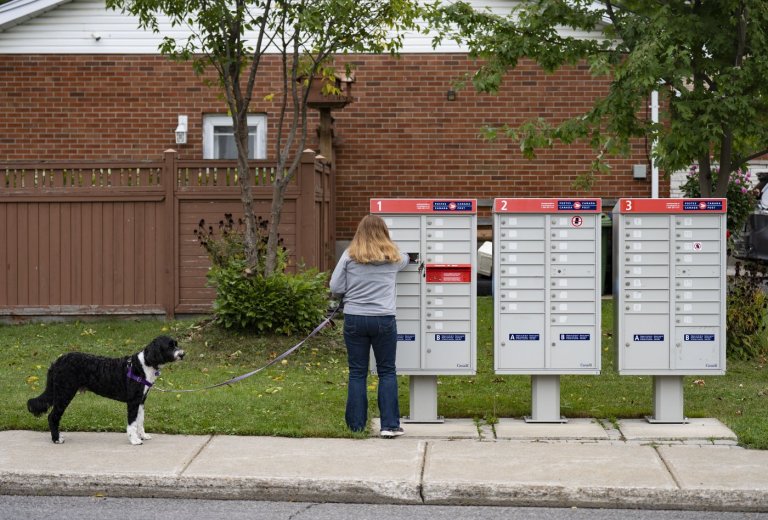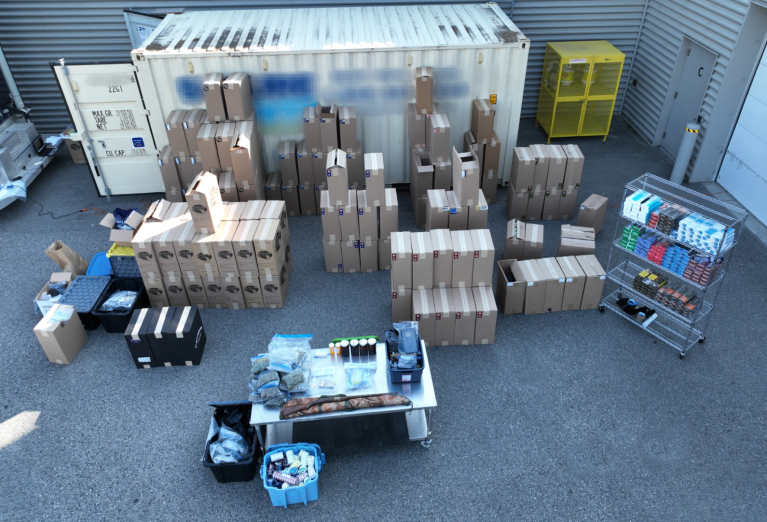Complaints from users behind new Okanagan Rail Trail e-bike restriction signage

New signs restricting the use of certain e-bikes on the north end of the Okanagan Rail Trail came about largely because of complaints.
The Regional District of the North Okanagan approved the restrictions last July but signage just went up this spring.
“This was in response to a number of complaints about how there are behaviours between bikes and pedestrians and concerns,” Ian Wilson, general manager of community service for the regional district, told iNFOnews.ca.
Since the Rail Trail passes through Kekuli Bay Provincial Park there was also some interest in harmonizing rules with provincial government restrictions put in place in 2019.
The Regional District of North Okanagan owns the northern part of the Rail Trail from Coldstream south to Lake Country – ending roughly at Oyama.
The restrictions do not apply in Lake Country or Kelowna. Although the Rail Trail runs through all three communities, each is responsible for its own section.
Class 1 e-bikes are allowed even though they can reach speeds up to 32 km/h on flat surfaces. These are “pedal assist” bikes that have to be pedalled even when the motor is running.
“I know, from my own experience of using the Rail Trail that, first of all, 32 km/h is fast,” Wilson, who owns a Class 1 e-bike, said. “Especially in a congested area, that’s probably way too fast.”
And, while the trail is paved through Kelowna and used frequently as a commuter route, that’s not the case in the North Okanagan where it's more of a recreational corridor.
“If you think about our end of the trial, it’s narrow,” Wilson said. “On one side there could be a rocky cliff and, on the other side, there’s water so there’s nowhere to go if you get in trouble.”
Class 2 e-bikes are prohibited on that part of the Rail Trail as well as in provincial parks and other jurisdictions.
Similar to Class 1, they have pedals and motors. The difference is that Class 2 e-bikes can be used only with a throttle. No pedalling is required. That makes them, legally a motor vehicle, even though they are also restricted to 32 km/h.
Class 3 e-bikes may or may not have pedals and can reach speeds of 45 km/h. They are also classed as motor vehicles and prohibited from the trail.
No $200 tickets have been issued by the regional district. Like other bylaws, they are enforced in response to complaints, Wilson said.
READ MORE: No fines issued yet for using banned e-bikes on Okanagan Rail Trail
“The focus is on education and voluntary compliance,” he said. “What the bylaw does, if there is a hazardous situation, provide us an opportunity for enforcement.”
There has been quite a bit of public response since the signs were first posted last week. Most of them have been answered by saying that enforcement is complaint driven.
“People are concerned about what is a Class 1 or 2 and am I going to get a ticket?” Wilson said.
They’re told that enforcement is complaint driven with the focus on education and voluntary compliance.
READ MORE: New cycling trail will roll through vineyards of West Kelowna
To contact a reporter for this story, email Rob Munro or call 250-808-0143 or email the editor. You can also submitphotos, videos or news tips to the newsroom and be entered to win a monthly prize draw.
We welcome your comments and opinions on our stories but play nice. We won't censor or delete comments unless they contain off-topic statements or links, unnecessary vulgarity, false facts, spam or obviously fake profiles. If you have any concerns about what you see in comments, email the editor in the link above.
Join the Conversation!
Want to share your thoughts, add context, or connect with others in your community?
You must be logged in to post a comment.



















